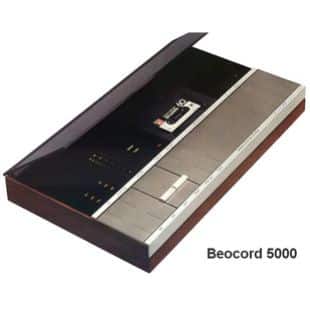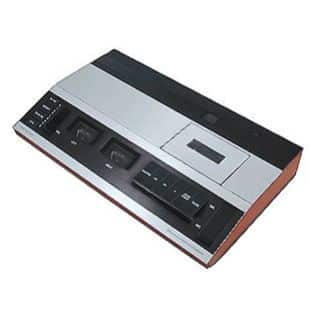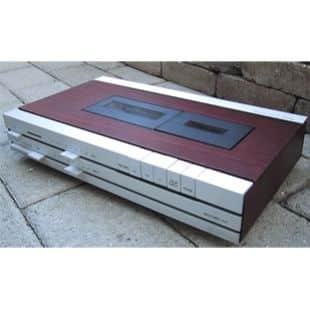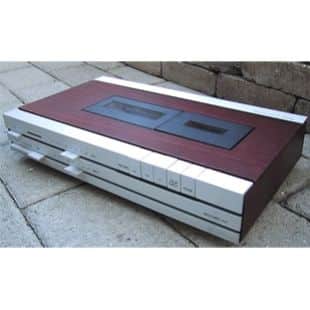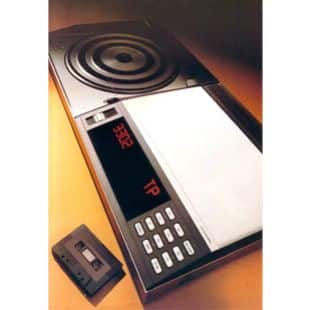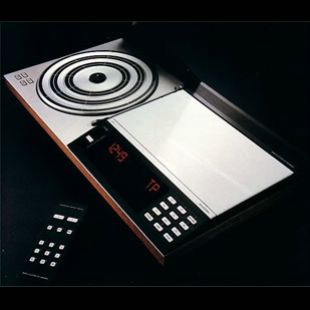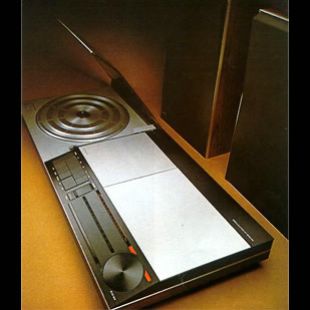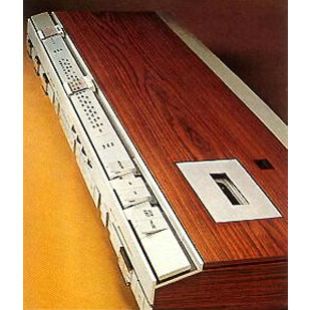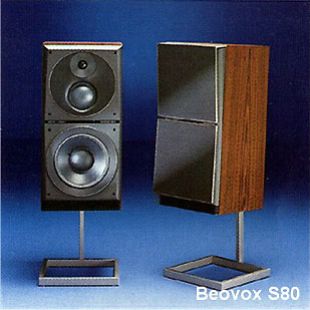BeoCord 8002
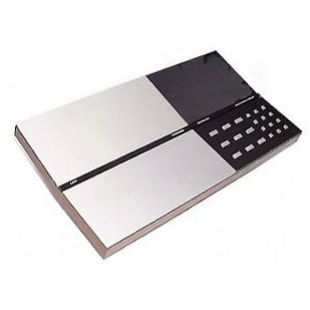
Beocord 8002 was one of Europe’s most advanced cassette recorders, yet electronic automation made it by far the easiest to use. Microcomputer control meant operational errors were impossible.
A new development – the Dolby HX Professional recording system or ‘HX-Pro’ automatically optimised bias levels relative signal content, thus ensuring professional standard recordings every time, no matter whether you used, ferric, chrome or metal tapes. In addition Beocord 8002 had the ability to indicate recorded and playback time in minutes and seconds so you could plan your recordings economically.
Finding the start of a particular track was automatic: you just had to key in the required ‘address’: computer logic then found it for you. You could also program the deck to make unattended recordings at any given time within a 24-hour period.
When coupled to Beomaster 8000 all recording and playback functions could be operated by remote control using the BeoLab terminal. Beocord 8002 could be used as a stand-alone tape cassette recorder or as part of hi-fi systems such as Beosystem 6000 or Beosystem 8000.

